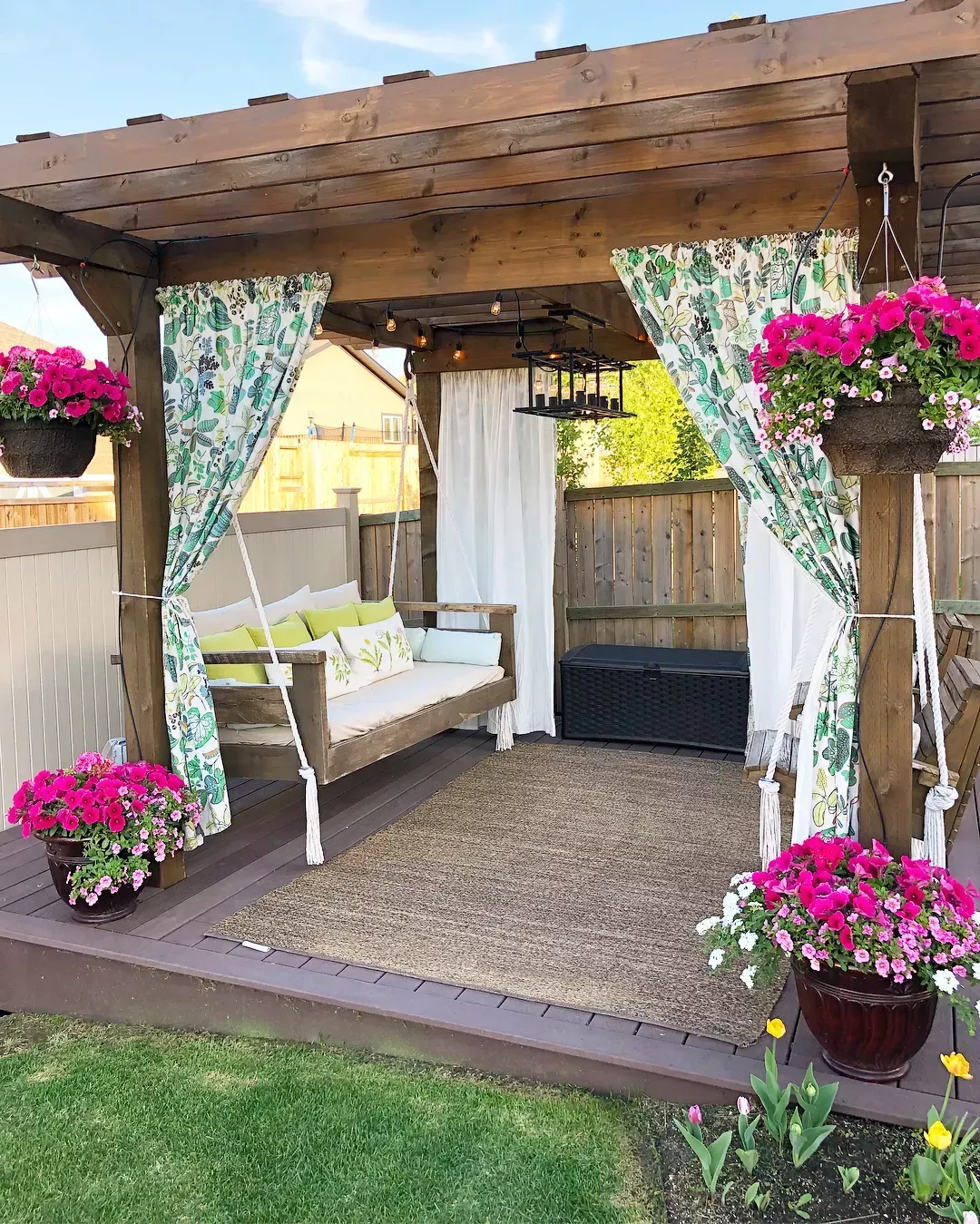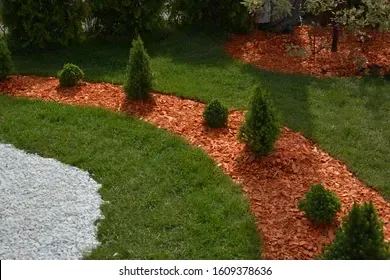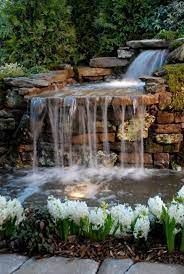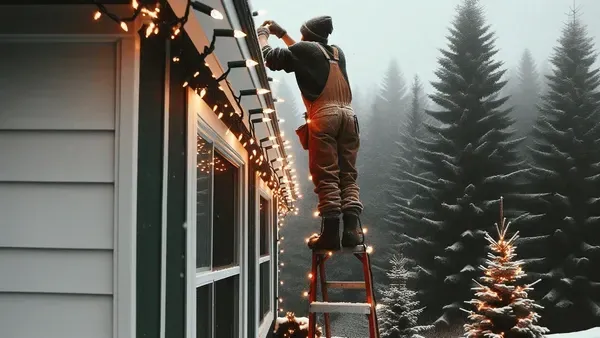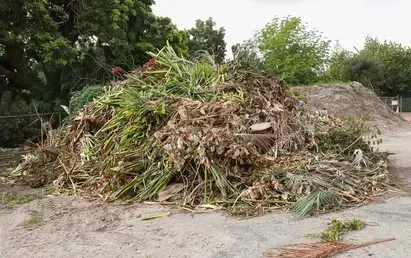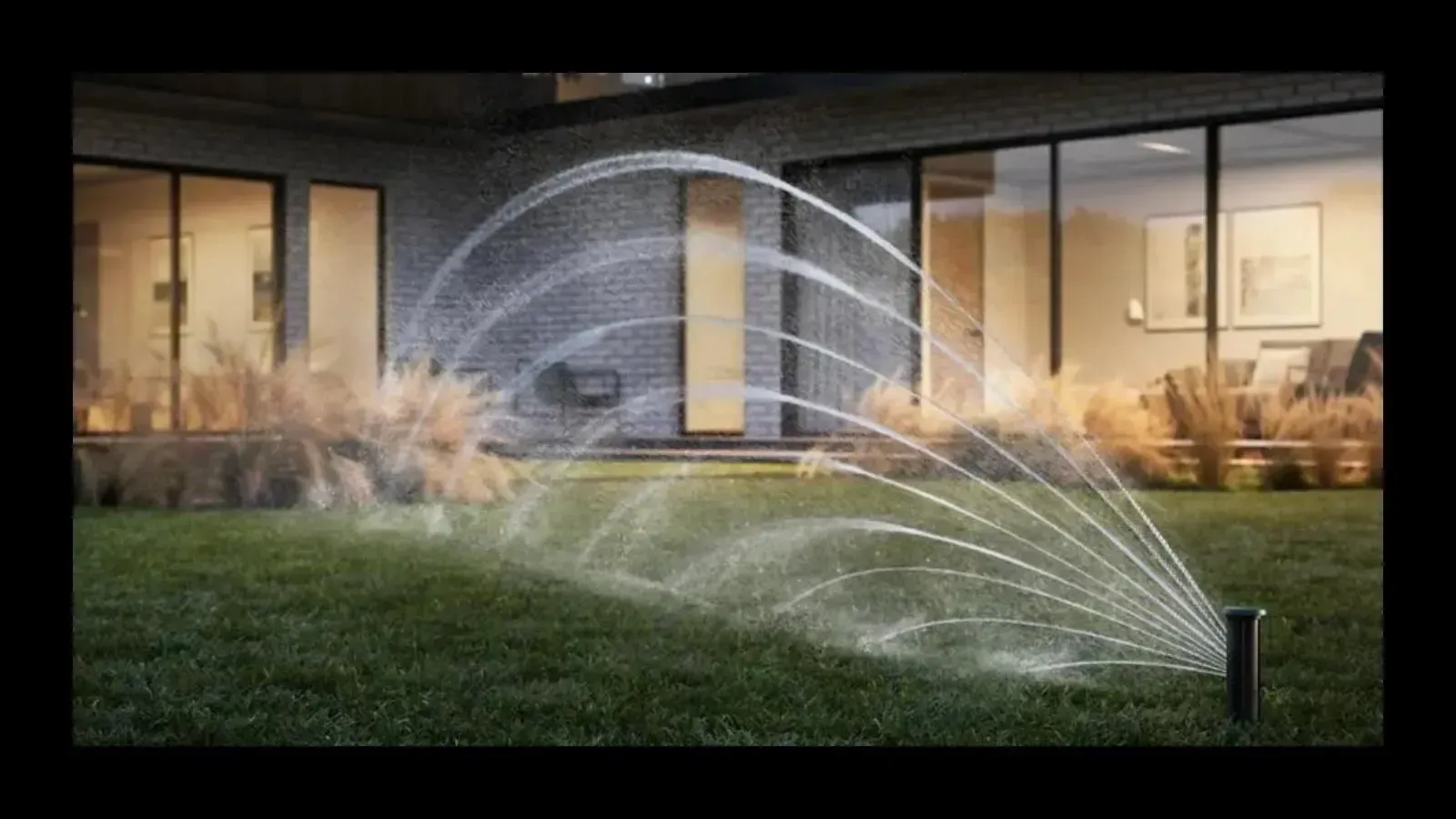Can You Start Landscaping in the Fall? Absolutely! Here’s Why Fall Is the Perfect Time to Transform Your Yard

Why Fall Is the Perfect Season for Landscaping
Many homeowners assume that once fall arrives, they should halt all outdoor projects. In reality, the cooler weather and consistent rainfall make fall one of the best times to establish new plants, trees, and shrubs. Plants focus on root development during the cooler months, which means they’ll have a solid foundation by the time spring rolls around.
- Cooler temperatures: The mild temperatures of autumn provide relief for both plants and gardeners. Planting in the heat of summer can be stressful on new plants, but fall’s cooler weather ensures that plants are less likely to dry out.
- Moist soil: Fall tends to bring more consistent rainfall, ensuring that the soil stays moist without over-saturation. Moist soil is crucial for establishing strong root systems, making it easier for new plantings to thrive.
- Less competition: As many plants enter dormancy, there’s less competition for nutrients in the soil, allowing your new landscaping elements to flourish.
2. Best Landscaping Projects to Tackle in the Fall
There are several landscaping tasks that can be particularly effective when undertaken in the fall. Whether you're looking to improve your curb appeal, create a lush lawn, or prepare your garden for next spring, the fall season is perfect for the following projects:
- Lawn renovation: Fall is the best time to aerate and overseed your lawn. The cool weather encourages grass growth, allowing new seeds to take root without the intense heat of summer.
- Planting trees and shrubs: Autumn planting gives trees and shrubs time to establish their roots before winter. This leads to stronger growth in the spring and healthier, more resilient plants.
- Mulching: Applying a fresh layer of mulch helps retain moisture and insulates the roots of your plants through the colder months. Mulch also suppresses weeds and adds a polished look to your garden beds.
- Creating hardscapes: Whether you're installing a new patio, pathway, or retaining wall, fall is the perfect time to complete hardscape projects. The cooler weather means less wear and tear on materials and fewer interruptions from rain or extreme heat.
3. Why Fall Landscaping Can Save You Money
One of the lesser-known benefits of fall landscaping is the potential for cost savings. Many nurseries and garden centers offer discounts on plants and materials as they prepare for the slower winter season. This means you can often find high-quality trees, shrubs, and perennials at reduced prices.
Additionally, because fall is a slower season for landscaping companies, you may find it easier to book services at competitive rates. Here’s how autumn landscaping can be more affordable:
- Plant sales: Many retailers offer end-of-season discounts to clear out inventory. This is a great time to purchase plants, especially those that are well-suited for fall planting.
- Off-season labor rates: Landscaping services may cost less in the fall, as companies have more availability and less demand compared to the busy spring and summer seasons.
- Efficient planting: With less competition from weeds and pests in the fall, new plants are likely to thrive, reducing the need for replacements or additional maintenance later.
4. Fall Landscaping Prepares Your Yard for Winter and Beyond
By landscaping in the fall, you’re setting your yard up for success come spring. Fall is the perfect time to take steps that will protect your plants, soil, and lawn through the winter, ensuring they emerge in top shape next year.
- Improved root development: Fall-planted trees and shrubs focus on root growth during the cooler months, which prepares them to handle the heat and drought of the summer ahead. By establishing a strong root system in the fall, your plants will require less watering and care in the spring.
- Better soil conditions: Fall gives you the opportunity to enrich your soil by adding organic material such as compost or mulch. This improves the soil structure, enhances drainage, and provides essential nutrients for your plants.
- Protection from winter damage: Taking the time to insulate plants and apply mulch in the fall helps protect them from extreme cold and fluctuating temperatures in the winter. Mulching around the base of trees, shrubs, and garden beds adds a layer of insulation that stabilizes soil temperature and retains moisture.
5. What to Plant in the Fall
Not all plants thrive when planted in the fall, but many do—and some even prefer it. If you’re unsure what to plant during this season, here are some of the best options for fall planting:
- Perennials: Fall is a great time to plant perennials like daylilies, hostas, and peonies. These plants will spend the winter developing their root systems, giving them a strong start in the spring.
- Trees and shrubs: Hardy trees such as maples, oaks, and pines, along with shrubs like hydrangeas and viburnums, benefit from fall planting as it allows them time to establish roots without the stress of summer heat.
- Bulbs: Planting bulbs such as tulips, daffodils, and crocuses in the fall ensures that you’ll have beautiful blooms as soon as spring arrives. Make sure to plant them before the first frost to give them a head start.
- Cool-season vegetables: If you have a vegetable garden, fall is the perfect time to plant cool-season crops like kale, spinach, and carrots. These vegetables thrive in the cooler temperatures and can often be harvested well into the early winter.
6. Tips for Successful Fall Landscaping
To ensure your fall landscaping projects thrive, follow these practical tips:
- Plant early in the season: Try to complete your fall planting at least six to eight weeks before the first hard frost. This gives your plants enough time to establish roots before the ground freezes.
- Water consistently: Even though fall tends to bring more rainfall, new plants still need consistent watering to establish roots. Water deeply but less frequently to encourage roots to grow deeper into the soil.
- Add mulch: As mentioned earlier, a layer of mulch helps retain moisture, suppress weeds, and protect plant roots. Aim to spread 2-3 inches of mulch around the base of your plants.
- Consider wind protection: Strong autumn winds can be harsh on newly planted trees and shrubs. Staking young trees or installing windbreaks can help them grow sturdy and straight.
7. Conclusion: Don’t Wait for Spring – Start Landscaping This Fall
While spring may seem like the obvious choice for starting new landscaping projects, fall offers numerous advantages that can lead to healthier, more vibrant plants and a more beautiful yard. The cooler temperatures, increased moisture, and lower competition from weeds and pests create the perfect conditions for planting and preparing your yard for the year ahead.
Whether you're planting trees, designing garden beds, or laying the groundwork for a lush lawn, fall is an ideal season to give your landscape the attention it deserves. By starting your projects now, you’ll be rewarded with a thriving, beautiful yard come spring. So don’t wait—contact Raber Landscaping today to start your fall landscaping project and make the most of this ideal season.
Looking to transform your landscape this fall? Reach out to Raber Landscaping for professional advice and services tailored to your needs. Whether it’s planting, mulching, or hardscaping, our team is ready to help you create a landscape you’ll love year-round.

